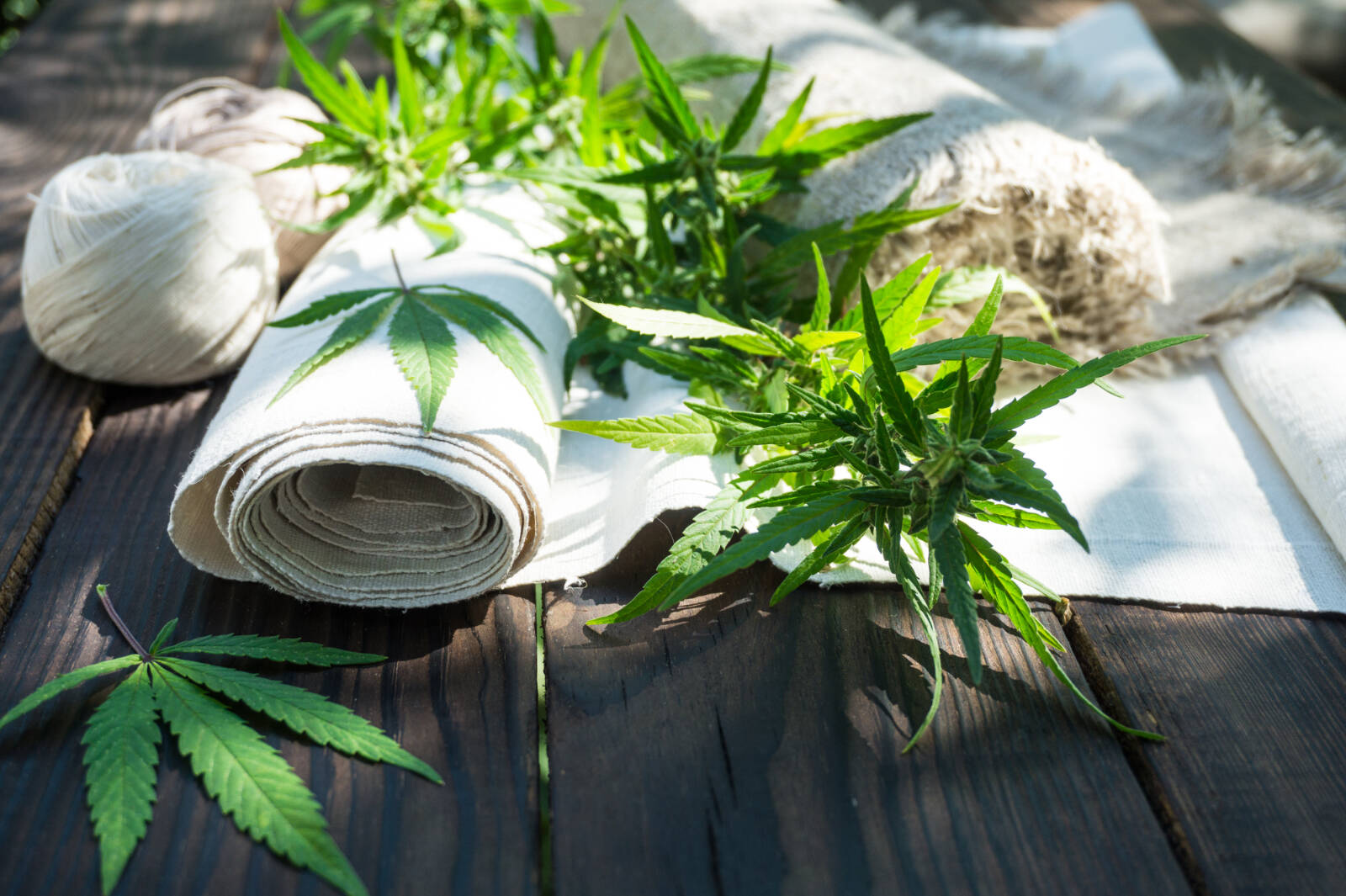The deeper you dive down the rabbit hole of hemp, the more you recognize the various possibilities of this pretty useful plant and realize the vast array of products that can be sustainably made using hemp.
As for the uses, how many products can you use to create clothing, rope, paper, a fibreglass alternative and more, including what we’ll focus on today: hemp concrete.
But first, a little background about just what hemp is.
First question: Does hemp come from a different plant than the cannabis people smoke?
No, and well, yes. Hemp does come from a type of cannabis plant. However, the variety cultivated for hemp production has next to none of the psychoactive chemical – the one that makes you high: THC.
In 2018 the United States mandated that hemp must contain less than 0.3 percent THC to meet the legal definition of hemp, the same THC level mandated in Canada.
READ MORE: What is Hemp? (Hint: a plant with virtually endless uses!)
Question No. 2: Is hemp a new thing? Absolutely not! Use of hemp has been recorded as early as 2800 BCE in China and the Mediterranean. It then spread through the rest of Europe during the Middle Ages, was recorded in Chile in the 1500s, and reached North America in the 1600s.
Question No. 3: How is hemp used? Among the many uses listed at the beginning of the article, the oldest, and to this day the most popular, is hemp fibre. Hemp endures a process of retting, which uses bacteria and moisture to help separate the fibre from the stem, before drying, crushing, and shaking. You’re left with strong, durable fibres around two metres long.
So, what absout some of the newer innovations using this versatile material?
To really highlight the vast differences in hemp uses, “hempcrete” is a concrete substitute made of hemp and a lime binder that’s been in use in France since the 1990s and has recently made its way to Canada.
READ MORE: Revelstoke’s first hemp-house
While hempcrete lacks the strength required for foundation building, supported by a frame, it’s been used to construct non-load bearing, insulating infill walls. It’s also a low-density material resistant to cracking under movement, making it highly suitable for use in earthquake-prone areas.
Hemcrete’s growing popularity can be attributed in part to the low CO2 emissions during its construction. One company, Tradical, boasts that while a typical brick house can be responsible for around 50 tonnes of CO2 emissions in its construction, the same house can be built with 40 per cent less CO2 by using Tradical Hemcrete.
This is because 110 kilograms of CO2 equivalent is captured in every cubic metre of Tradical Hemcrete wall mix, making it carbon negative. Like other plant products, hemp absorbs CO2 from the atmosphere as it grows, retaining the carbon and releasing the oxygen.
Theoretically, 165 kg of carbon can be absorbed and locked up by one cubic metre of hempcrete wall during manufacture in perfect conditions, but depending on sources numbers vary.
All these benefits do come with some downsides, however. Because of its low density, hempcrete walls must be used with a frame of another material that supports the vertical load in building construction, as hempcrete’s density is 15 per cent that of traditional concrete.
The drying time is also substantially longer than concrete, sometimes even longer than four weeks, with the environmental benefits partially mitigated if large fans are needed in drying.
With its growing popularity and promising environmental benefits, hemp concrete could be coming to a builder near you soon! Its usability in earthquake prone areas and the ability for it to be manufactured and recycled locally make it an ideal material for use in many areas, and I for one welcome our new hemp houses!
To get the week’s latest must-read stories from the cannabis world direct to your inbox, sign up for our weekly newsletter at canadianevergreen.com. You can also follow us on Facebook, Instagram and Twitter.

